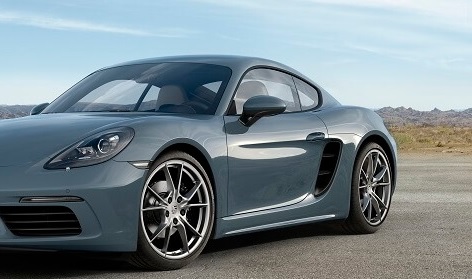
What engine is the 4 cylinder boxer: the boxer-four is an engine where each pair of opposed pistons moves inwards and outwards at the same time in two banks of cylinders lying on opposite sides of a common crankshaft. Also called flat-four engine or horizontally opposed-four engine.
What is the 4 cylinder boxer displacement: it is in a range between 1350 cc and 3000 cc in recent model line up powertrain.
How much is the power of the 4 cylinders boxer: the power of the 4 cylinders is in a range from 98bhp to 365 bhp.
Which cars use 4 cylinder boxer engine: 4 boxer nowadays is used by Porsche and Subaru but it has a strong heritage in powertrain production as have been used in cars since 1897, especially by Volkswagen on the original Beetle, Subaru and Alfa Romeo.
The advantages of the boxer-four layout are perfect secondary vibration (resulting in minimal vibration), a low centre of gravity, and a short engine length. The layout also lends itself to efficient air cooling with the airflow being evenly distributed across the four cylinders.
The downsides of boxer-four engines (compared with inline-four engines) are their extra width, the increased costs associated with having two cylinder heads instead of one, and the long exhaust manifold required to achieve evenly spaced exhaust pulses.
The equal and opposing forces generated in a boxer-four engine result in perfect secondary balance. Each cylinder in a boxer engine is slightly offset from its opposing pair due to the distance between the crankpins along the crankshaft. This offset distance means that the equal and opposite forces from each cylinder pair produces a rocking couple. The resulting vibration is not usually high enough to require balance shafts.
The typical firing order for a boxer-four engine is for the left bank of cylinders to ignite one after another, followed by the right bank of cylinders (or vice versa), with the firing interval evenly spaced at 180 degrees. Traditionally, the exhausts from the two cylinders on each bank were merged, with the resulting uneven exhaust pulses causing a characteristic flat-four burble exhaust sound as on Porsche 982 and 718 series with boxer 4.
The engine fires once every 180 degrees crankshaft angle (720 degrees / 4 = 180 degrees), the crankshaft design is as shown below.

The other common firing configuration (such as used by Subaru since the mid-2000s) is to pair the cylinders with a firing interval offset of 360 degrees, in order to optimise the exhaust pulses. This configuration requires long exhaust manifolds, in order to pair the cylinders on opposite banks, and results in a less distinctive exhaust sound.
